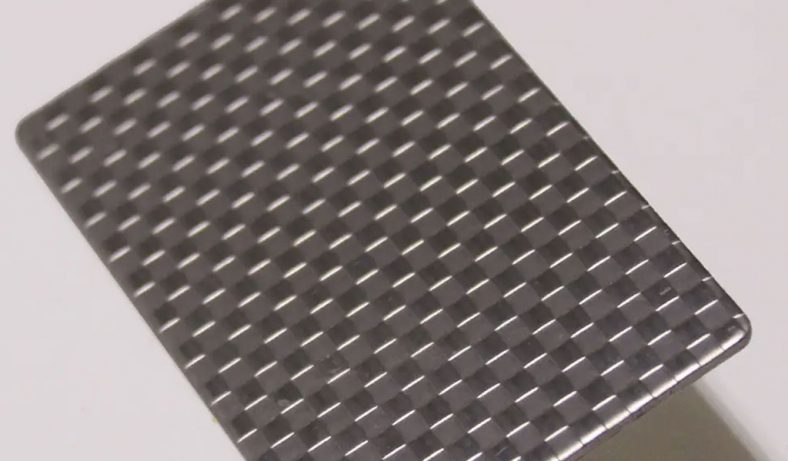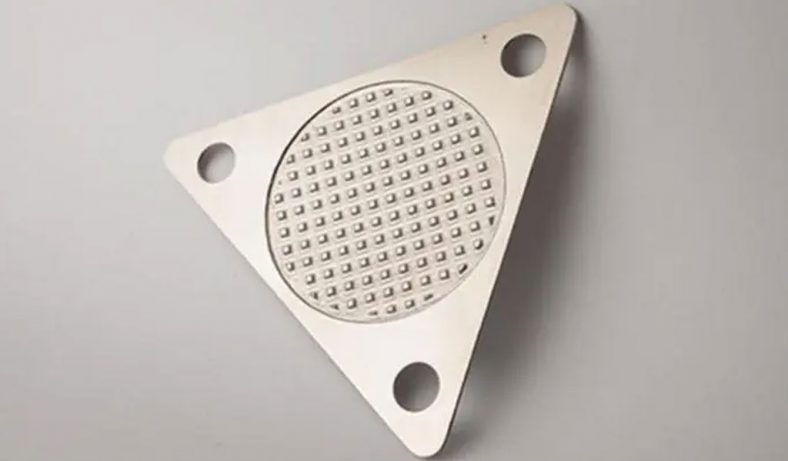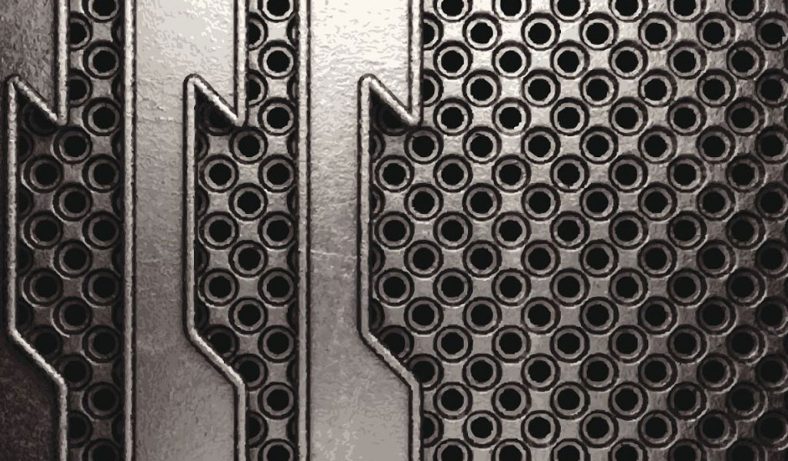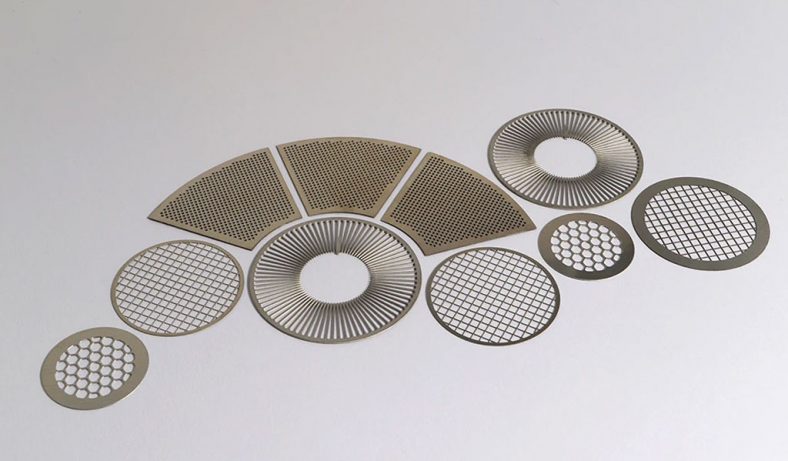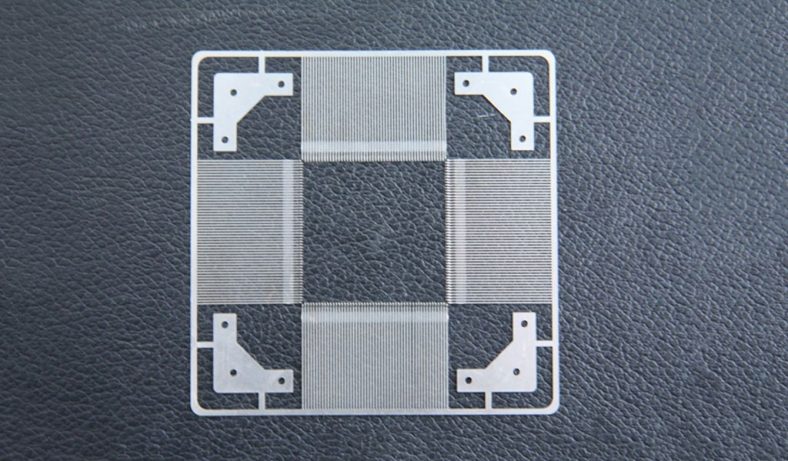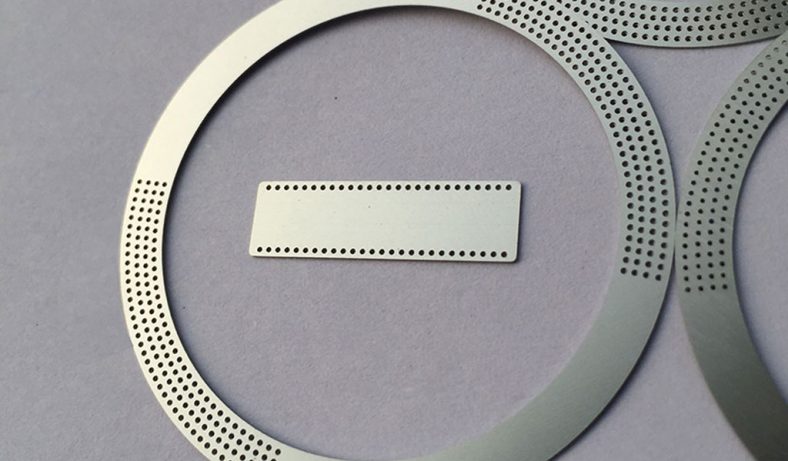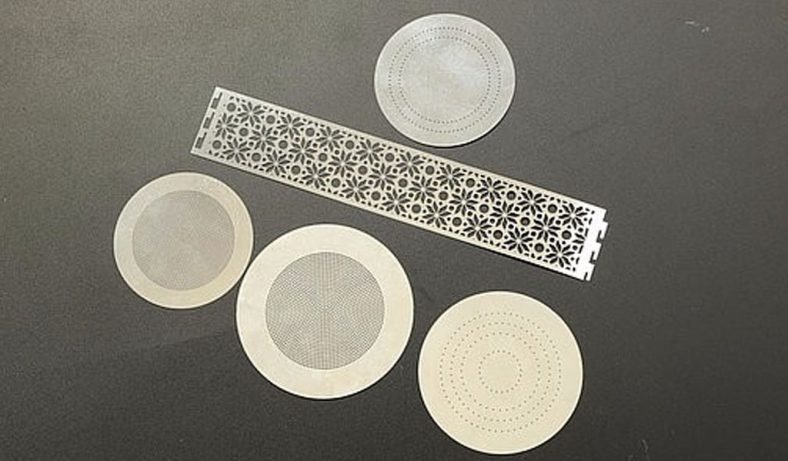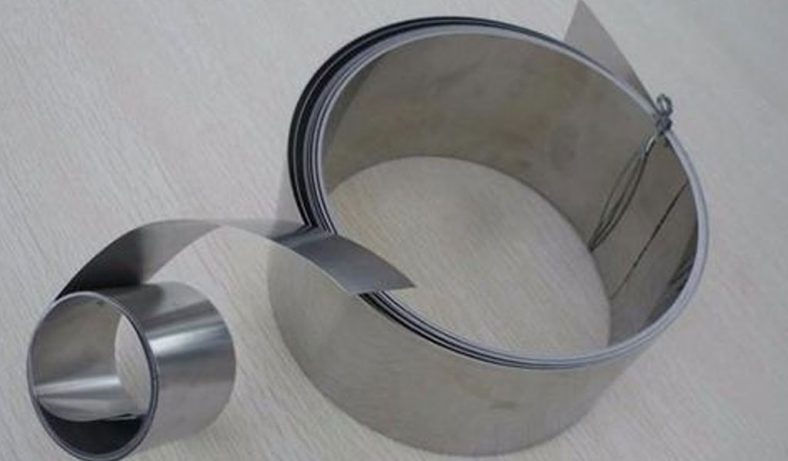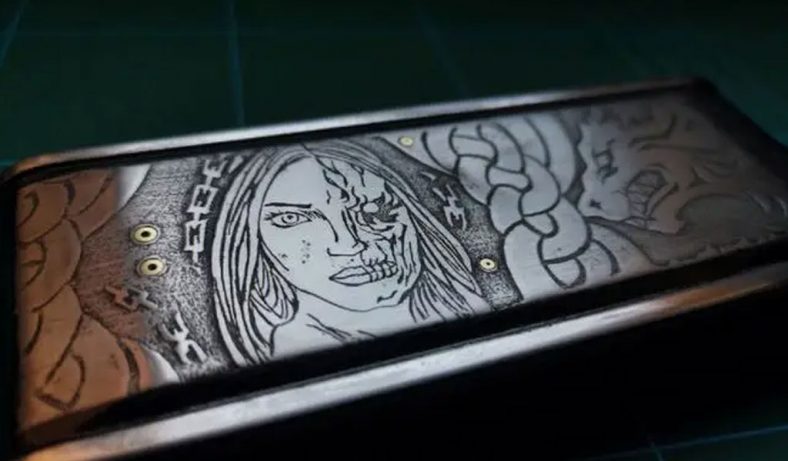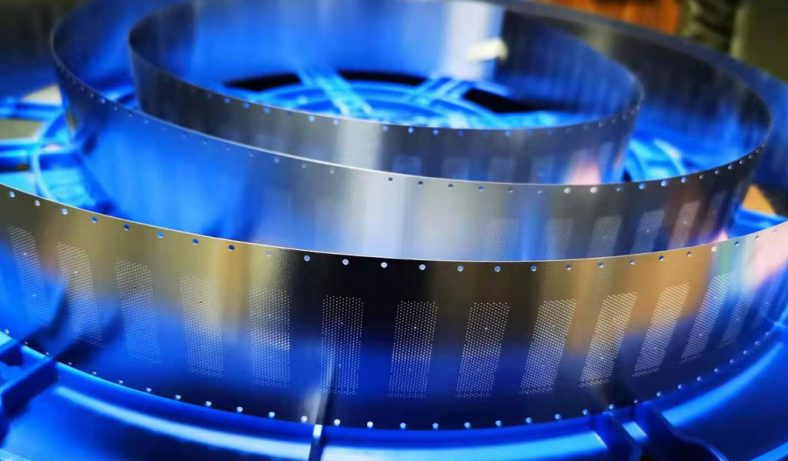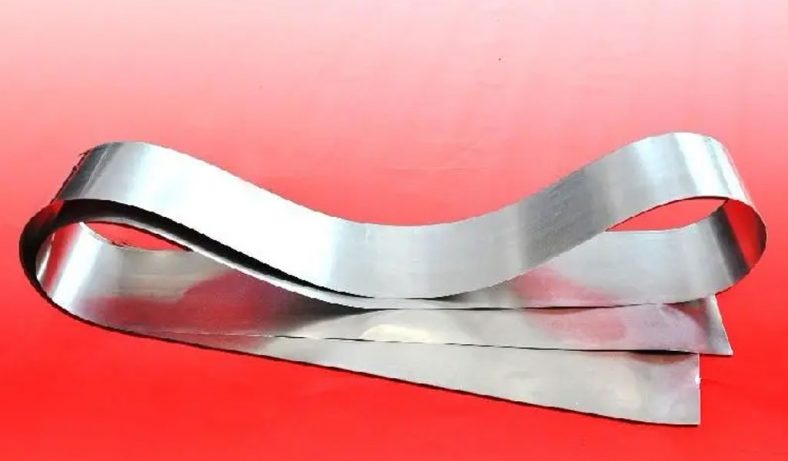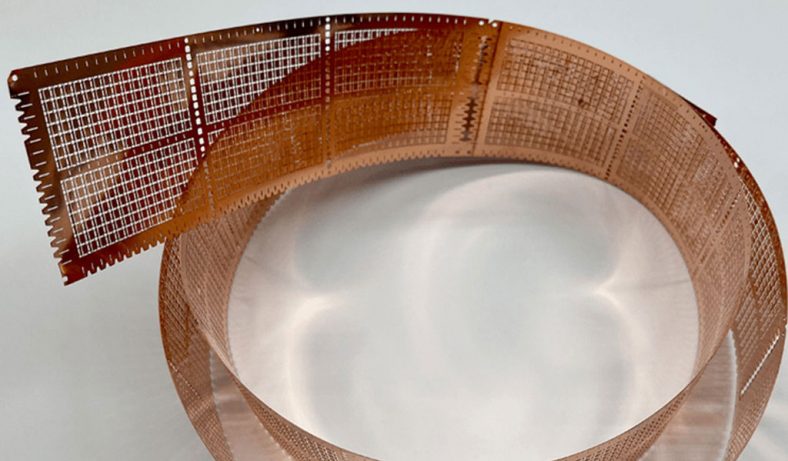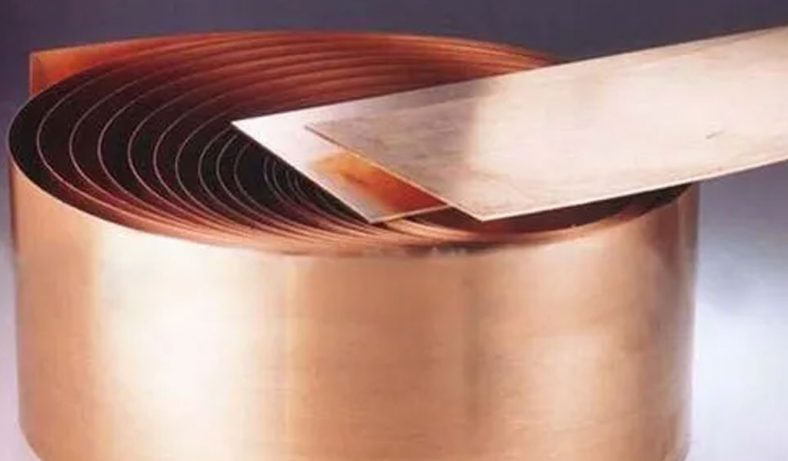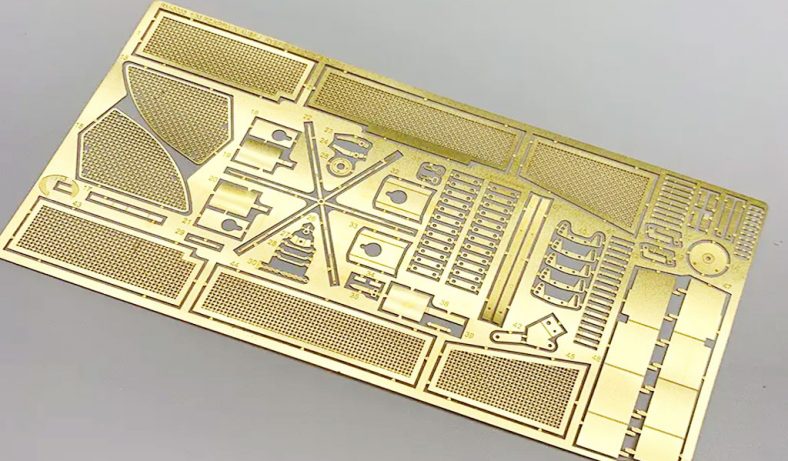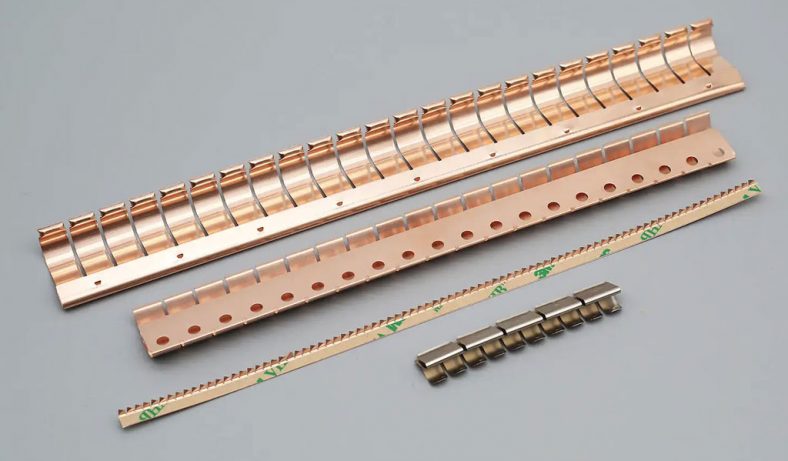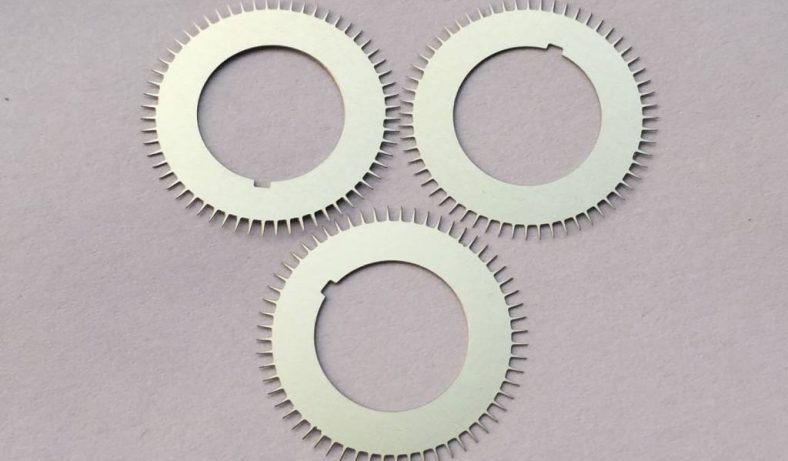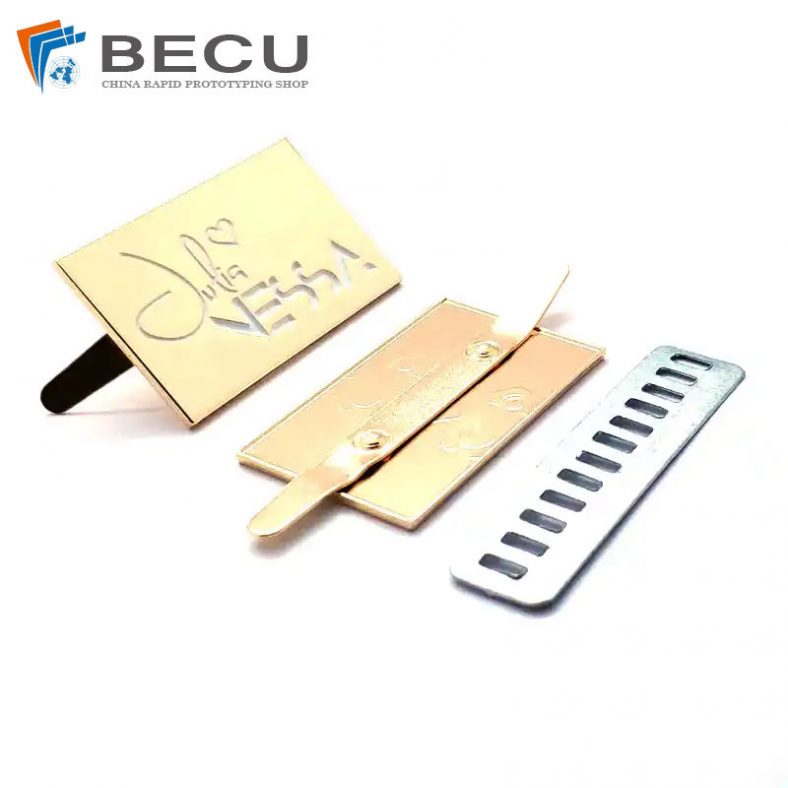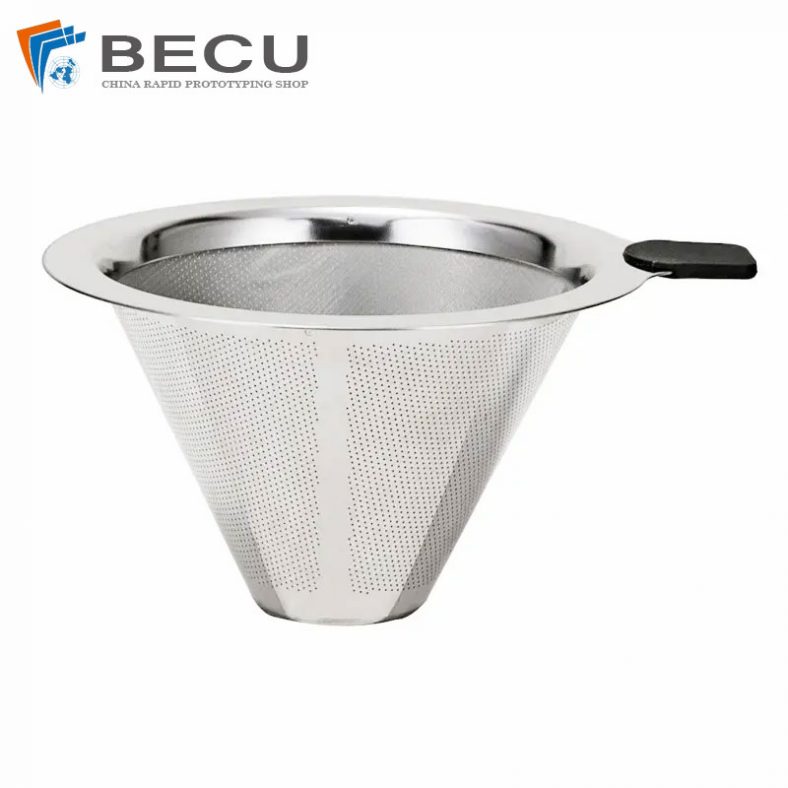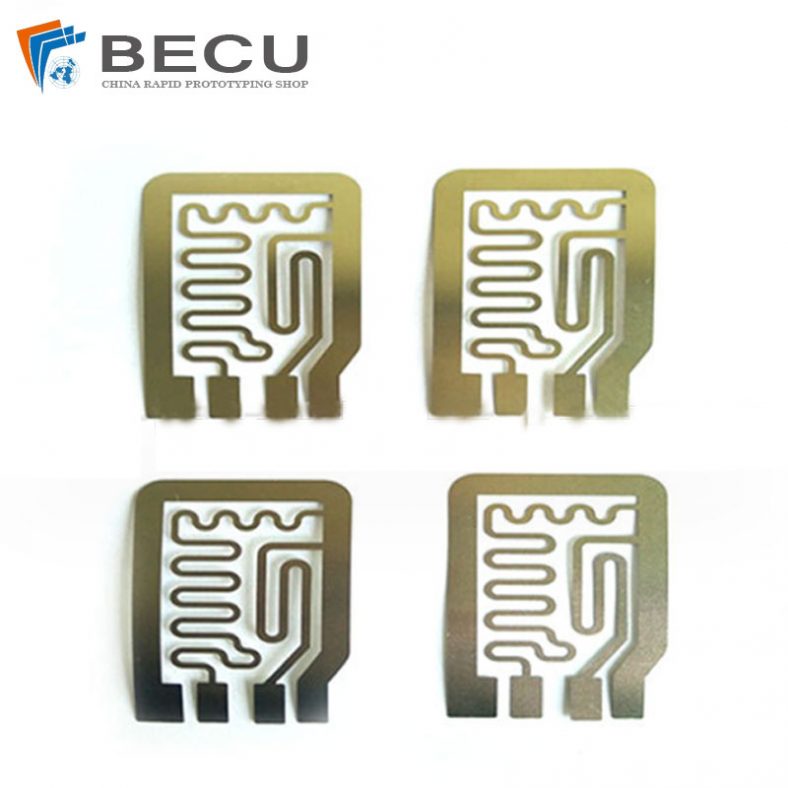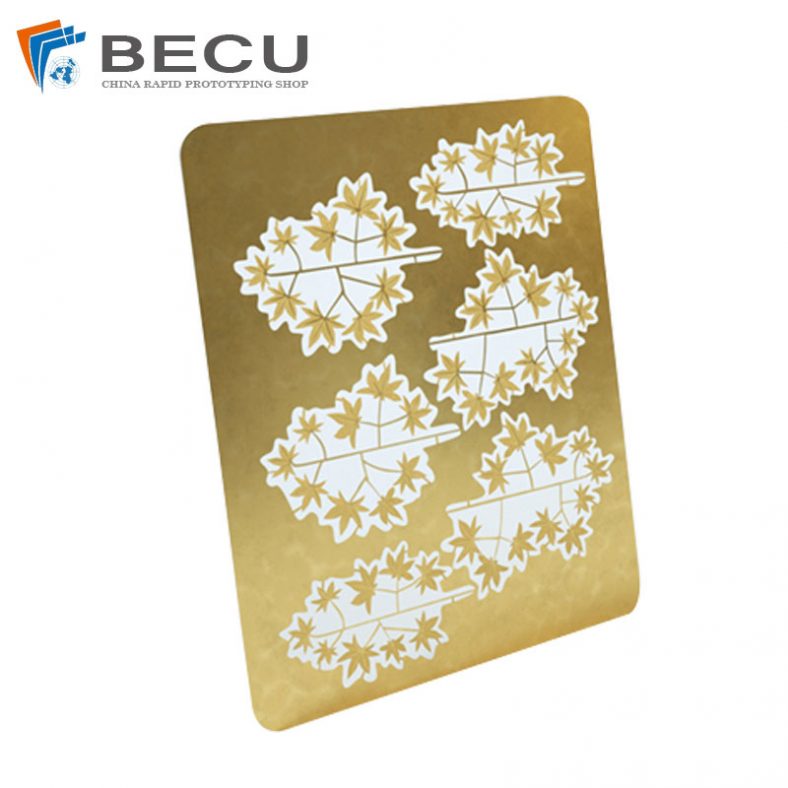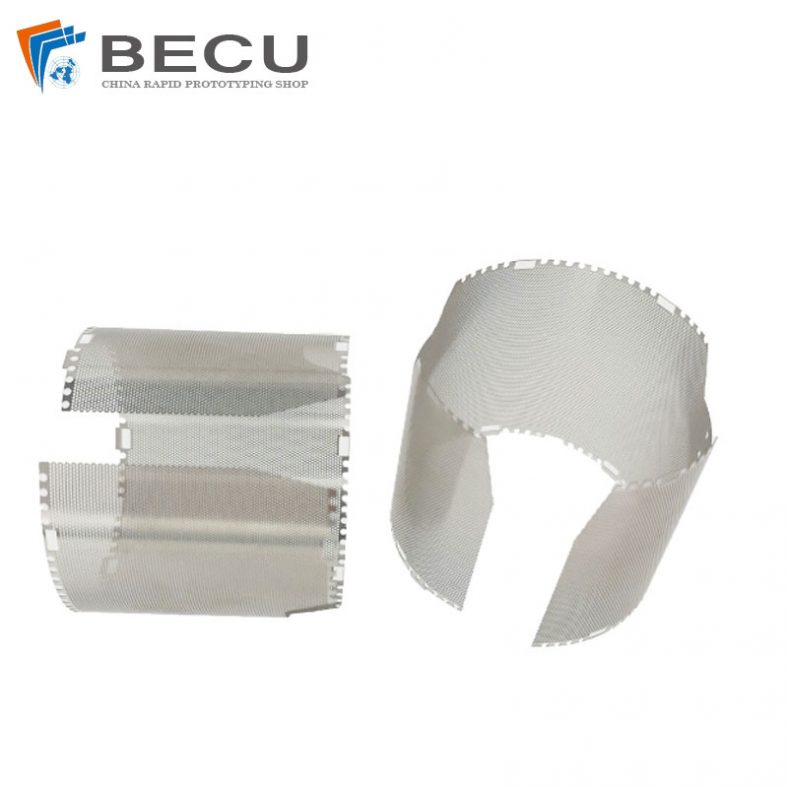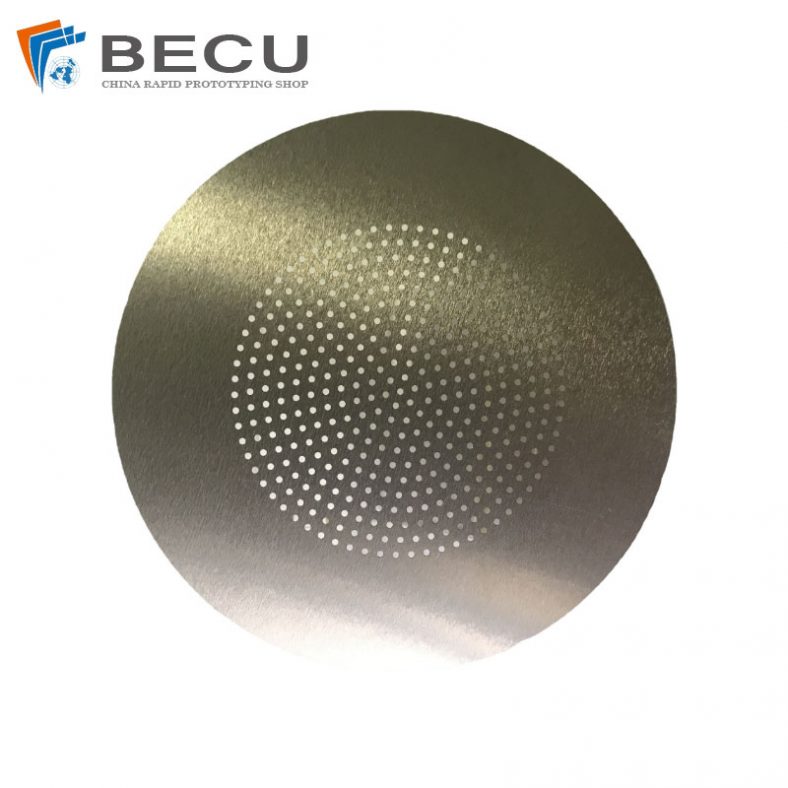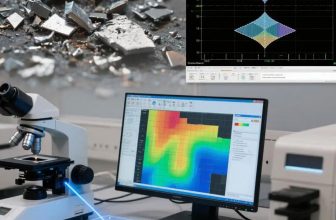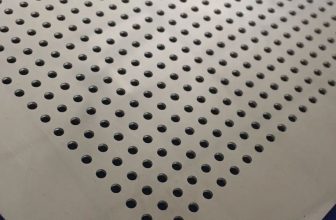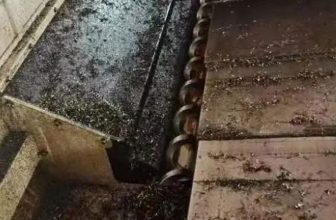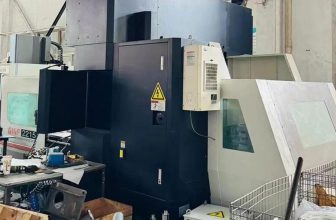Aluminum etching technology has emerged as a pivotal manufacturing process in the production of precision components for medical devices, particularly surgical guides. These guides are critical tools used in various surgical procedures to enhance accuracy, improve patient outcomes, and reduce operative risks. Aluminum, with its unique combination of lightweight properties, corrosion resistance, biocompatibility, and malleability, has become a material of choice in the medical field. Chemical etching, a subtractive manufacturing technique, allows for the creation of intricate, high-precision components that meet the stringent requirements of medical applications. This article explores the role of aluminum etching technology in the design, fabrication, and application of surgical guides, delving into the technical aspects, material properties, manufacturing processes, and their impact on modern healthcare.
Surgical guides are specialized devices that assist surgeons in navigating complex anatomical structures during procedures such as orthopedic, dental, craniomaxillofacial, and spinal surgeries. These guides must be precise, biocompatible, and durable to ensure safety and efficacy. Aluminum etching technology, particularly photochemical etching, offers a versatile and cost-effective method to produce these components with tight tolerances and complex geometries. This article provides a comprehensive examination of the technology, its advantages over traditional manufacturing methods, its applications in surgical guides, and its future potential in advancing medical device manufacturing.
Historical Context of Aluminum Etching in Medical Applications
The use of aluminum in medical devices dates back to the early 20th century, when its lightweight and corrosion-resistant properties were first recognized as valuable for medical equipment. Initially, aluminum was used in non-critical applications such as hospital furniture, trays, and containers due to its ease of fabrication and hygienic properties. However, advancements in material science and manufacturing technologies, particularly in the late 20th and early 21st centuries, expanded its role in precision medical devices.
Chemical etching, as a manufacturing process, has its roots in the electronics and aerospace industries, where it was used to create intricate circuit boards and lightweight structural components. The adaptation of this technology to medical applications began in earnest in the 1990s, driven by the need for high-precision components in minimally invasive surgeries and advanced diagnostic equipment. Photochemical etching, a subset of chemical etching, became particularly relevant due to its ability to produce burr-free, stress-free components with complex geometries, making it ideal for surgical guides.
The evolution of aluminum etching technology has been marked by improvements in etchant chemistry, photoresist materials, and process control, enabling manufacturers to achieve unprecedented levels of precision. These advancements have positioned aluminum etching as a cornerstone of modern medical device manufacturing, particularly for applications requiring high accuracy and reliability, such as surgical guides.
Material Properties of Aluminum in Medical Applications
Aluminum is a versatile metal with properties that make it exceptionally suited for medical applications. Its key characteristics include:
- Lightweight: Aluminum has a density of approximately 2.7 g/cm³, making it one of the lightest metals used in medical devices. This property is critical for surgical guides, which must be easy to handle during complex procedures.
- Corrosion Resistance: Aluminum naturally forms a thin oxide layer when exposed to air, which protects it from corrosion. This is particularly important in medical environments where devices are exposed to bodily fluids, sterilization processes, and chemical cleaners.
- Biocompatibility: Medical-grade aluminum alloys, such as 6061 and 6063, are biocompatible, meaning they do not cause adverse reactions when in contact with human tissue. Anodizing further enhances biocompatibility by creating a protective oxide layer.
- Malleability and Formability: Aluminum’s malleability allows it to be shaped into complex geometries, which is essential for the intricate designs of surgical guides.
- Thermal Conductivity: Aluminum’s high thermal conductivity ensures that devices dry quickly after sterilization, reducing the risk of bacterial growth.
- Cost-Effectiveness: Compared to materials like titanium or stainless steel, aluminum is more affordable, making it an attractive option for disposable or cost-sensitive applications.
Table 1: Comparison of Material Properties for Medical Device Applications
| Property | Aluminum | Stainless Steel | Titanium | Plastic (PEEK) |
|---|---|---|---|---|
| Density (g/cm³) | 2.7 | 7.8 | 4.5 | 1.3 |
| Corrosion Resistance | High (with oxide layer) | High | Very High | High |
| Biocompatibility | High (anodized) | High | Very High | High |
| Strength-to-Weight | Excellent | Moderate | Excellent | Moderate |
| Thermal Conductivity | High (237 W/m·K) | Low (16 W/m·K) | Low (21 W/m·K) | Very Low (0.25 W/m·K) |
| Cost | Low | Moderate | High | Moderate |
| Machinability | Excellent | Moderate | Poor | Good |
This table highlights aluminum’s advantages in terms of weight, cost, and machinability, making it a preferred material for surgical guides where precision and ease of fabrication are paramount.
Chemical Etching Process: Principles and Techniques
Chemical etching, also known as photochemical machining or photoetching, is a subtractive manufacturing process that uses chemical etchants to remove material from a metal substrate to create precise patterns or components. The process is particularly well-suited for aluminum due to its chemical reactivity and ability to form a protective oxide layer, which can be controlled during etching.
Photochemical Etching Process
The photochemical etching process involves several key steps:
- Substrate Preparation: The aluminum sheet is cleaned to remove contaminants, ensuring proper adhesion of the photoresist.
- Photoresist Application: A UV-sensitive photoresist is applied to both sides of the aluminum sheet.
- Masking and Exposure: A photomask, which contains the desired component design, is placed over the photoresist-coated sheet. The assembly is exposed to ultraviolet light, which hardens the photoresist in areas not covered by the mask.
- Development: The unexposed photoresist is removed, leaving the hardened photoresist as a protective layer over the areas of the aluminum that will remain intact.
- Etching: The aluminum sheet is immersed in a chemical etchant, typically a solution of ferric chloride or sodium hydroxide, which selectively dissolves the unprotected areas of the metal.
- Stripping and Finishing: The remaining photoresist is removed, and the etched component undergoes cleaning, inspection, and any necessary post-processing, such as anodizing or coating.
Advantages of Photochemical Etching
Photochemical etching offers several advantages over traditional machining methods, such as stamping, laser cutting, or CNC milling, particularly for medical applications:
- Precision and Accuracy: Etching can achieve tolerances as tight as ±0.001 inches, making it ideal for the intricate geometries of surgical guides.
- Burr-Free and Stress-Free: Unlike mechanical methods, etching produces components without burrs or residual stresses, reducing the need for post-processing and ensuring structural integrity.
- Complex Geometries: The process allows for the creation of intricate patterns, micro-scale features, and thin-walled components that are difficult to achieve with other methods.
- Material Versatility: While aluminum is a primary focus, photochemical etching can be applied to a wide range of metals, including stainless steel, titanium, and copper.
- Cost-Effectiveness: The use of digital tooling reduces setup costs, making etching economical for both prototyping and high-volume production.
- Scalability: The process is highly repeatable, enabling consistent production of large quantities of components.
Challenges in Aluminum Etching
Despite its advantages, aluminum etching presents certain challenges:
- Exothermic Reactions: Aluminum’s reactivity can cause exothermic reactions during etching, which may affect the adhesion of the photoresist and lead to uneven edges. Advanced lamination equipment and optimized etchant chemistry are used to mitigate this issue.
- Surface Finish: Achieving a smooth surface finish requires precise control of etchant concentration, temperature, and process speed.
- Material Limitations: Aluminum’s lower fatigue strength compared to titanium or stainless steel may limit its use in load-bearing applications, such as permanent implants.
Aluminum Etching in Surgical Guides: Applications
Surgical guides are custom-designed devices that provide surgeons with precise templates for procedures such as implant placement, bone cutting, or tissue resection. These guides are used in various fields, including orthopedics, dentistry, craniomaxillofacial surgery, and spinal surgery. Aluminum’s properties, combined with the precision of chemical etching, make it an ideal material for these applications.
Orthopedic Surgical Guides
In orthopedic surgery, surgical guides are used to ensure accurate placement of implants, such as hip or knee prostheses, and to guide bone cuts. Aluminum-etched guides are lightweight, allowing surgeons to manipulate them easily during procedures. The corrosion resistance of aluminum ensures that these guides can withstand repeated sterilization without degradation. For example, a surgical guide for knee replacement may include slots and holes etched with high precision to align cutting tools with the patient’s anatomy.
Dental Surgical Guides
Dental implantology relies heavily on surgical guides to position implants accurately within the jawbone. Aluminum-etched guides are used to create templates that match the patient’s dental anatomy, ensuring precise drilling and implant placement. The biocompatibility of anodized aluminum ensures that these guides can be safely used in the oral environment. Photochemical etching allows for the creation of micro-scale features, such as measurement scales or alignment markers, that enhance the accuracy of dental procedures.
Craniomaxillofacial Surgical Guides
Craniomaxillofacial surgeries, which involve the skull and facial bones, require guides with intricate geometries to navigate complex anatomical structures. Aluminum’s malleability and the precision of etching make it possible to produce guides with thin walls and detailed patterns, such as mesh structures or perforations, that conform to the patient’s anatomy. These guides are often used in reconstructive surgeries, such as those for facial trauma or congenital deformities.
Spinal Surgical Guides
Spinal surgeries, such as those for scoliosis or vertebral fusion, demand guides that can withstand the mechanical stresses of the procedure while maintaining precision. Aluminum-etched guides are used to position screws, plates, or other fixation devices accurately. The lightweight nature of aluminum reduces surgeon fatigue during long procedures, while its corrosion resistance ensures durability in the operating room environment.
Table 2: Applications of Aluminum-Etched Surgical Guides in Medical Fields
| Medical Field | Application | Key Features | Advantages of Aluminum Etching |
|---|---|---|---|
| Orthopedic Surgery | Implant placement, bone cutting | Slots, holes, alignment markers | Lightweight, precise, corrosion-resistant |
| Dental Implantology | Implant positioning, drilling templates | Micro-scale features, measurement scales | Biocompatible, high precision, cost-effective |
| Craniomaxillofacial | Reconstructive surgery, facial trauma | Mesh structures, thin-walled components | Complex geometries, burr-free, stress-free |
| Spinal Surgery | Screw and plate positioning | Robust, precise alignment features | Lightweight, durable, repeatable production |
Comparison with Other Manufacturing Methods
To understand the significance of aluminum etching in surgical guide production, it is useful to compare it with other common manufacturing methods, such as CNC machining, laser cutting, stamping, and additive manufacturing (3D printing).
CNC Machining
CNC machining involves the use of computer-controlled tools to remove material from a workpiece. While it offers high precision, it has several limitations compared to chemical etching:
- Material Stress: CNC machining introduces mechanical stresses and burrs, which can compromise the structural integrity of thin aluminum components.
- Complexity: Creating intricate geometries, such as micro-scale features, is time-consuming and costly with CNC machining.
- Cost: The setup costs for CNC machining are high, particularly for low-volume production or prototyping.
Laser Cutting
Laser cutting uses a high-powered laser to cut through metal. While it is precise, it has drawbacks for medical applications:
- Heat-Affected Zones: Laser cutting generates heat, which can alter the microstructure of aluminum and introduce stresses.
- Surface Finish: The process may leave rough edges or require additional finishing, increasing production time and cost.
- Material Limitations: Laser cutting is less effective for very thin materials, which are common in surgical guides.
Stamping
Stamping involves pressing a metal sheet into a die to form a component. While cost-effective for high-volume production, it is less suitable for surgical guides:
- Tooling Costs: Stamping requires expensive hard tooling, making it impractical for custom or low-volume applications.
- Precision: Stamping struggles to achieve the tight tolerances required for surgical guides.
- Burrs and Stresses: The mechanical nature of stamping introduces burrs and stresses, requiring post-processing.
Additive Manufacturing (3D Printing)
Additive manufacturing builds components layer by layer, offering design flexibility but facing challenges in medical applications:
- Material Compatibility: While 3D printing can use biocompatible resins, metal 3D printing of aluminum is less common and often requires expensive equipment.
- Surface Finish: 3D-printed components may have rough surfaces, requiring additional finishing to meet medical standards.
- Precision: The accuracy of 3D printing, particularly for Fused Filament Fabrication (FFF), may not meet the stringent requirements of dental or orthopedic guides.
Table 3: Comparison of Manufacturing Methods for Surgical Guides
| Method | Precision | Cost (Low Volume) | Burrs/Stress | Complex Geometries | Material Versatility | Sterilization Compatibility |
|---|---|---|---|---|---|---|
| Chemical Etching | Very High (±0.001”) | Low | None | Excellent | High | Excellent |
| CNC Machining | High (±0.005”) | High | Yes | Moderate | Moderate | Good |
| Laser Cutting | High (±0.003”) | Moderate | Yes | Good | Moderate | Moderate |
| Stamping | Moderate (±0.010”) | High | Yes | Poor | Low | Good |
| Additive Manufacturing | Moderate (±0.020”) | Moderate | Yes | Excellent | Low (for metals) | Moderate |
This table illustrates the superior precision, cost-effectiveness, and compatibility of chemical etching for producing aluminum surgical guides.
Advances in Aluminum Etching Technology
Recent advancements in aluminum etching technology have further enhanced its applicability in medical device manufacturing. These include improvements in etchant chemistry, process automation, and surface treatment techniques.
Etchant Chemistry Optimization
The development of specialized etchants, such as modified ferric chloride solutions, has improved the control and consistency of the etching process. These etchants minimize undercutting and ensure smooth, precise edges, which are critical for surgical guides. Additionally, temperature and concentration controls have been refined to prevent exothermic reactions that could compromise photoresist adhesion.
Automation and Process Control
Modern etching facilities employ automated systems for photoresist application, exposure, and etching, ensuring repeatability and reducing human error. Advanced imaging and inspection technologies, such as laser profilometry, are used to verify tolerances and surface quality, meeting the stringent standards of the medical industry.
Surface Treatments
Post-etching surface treatments, such as anodizing and passivation, enhance the biocompatibility and durability of aluminum surgical guides. Anodizing creates a thick oxide layer that improves corrosion resistance and allows for color coding, which can aid in surgical navigation. Polymeric coatings, such as MICRALOX®, provide additional protection against harsh sterilization processes.
Environmental Considerations
Chemical etching is increasingly aligned with sustainability goals in the medical industry. The process generates minimal waste compared to mechanical methods, and aluminum is highly recyclable, reducing the environmental footprint of surgical guide production.
Case Studies: Aluminum-Etched Surgical Guides in Practice
Case Study 1: Orthopedic Knee Replacement Guide
A leading medical device manufacturer used photochemical etching to produce aluminum surgical guides for knee replacement surgeries. The guides featured precise slots and alignment markers to guide the placement of cutting tools. The lightweight nature of aluminum reduced surgeon fatigue, while the burr-free edges ensured compatibility with sterilization processes. The manufacturer reported a 30% reduction in production costs compared to CNC machining, with tolerances of ±0.001 inches achieved consistently.
Case Study 2: Dental Implant Guide
A dental implant company employed aluminum etching to create guides for precise implant placement. The guides included micro-scale measurement scales and perforations to align with the patient’s jawbone. The biocompatibility of anodized aluminum ensured safe use in the oral environment, and the etching process allowed for rapid prototyping, reducing the development timeline by 40%.
Case Study 3: Craniomaxillofacial Reconstruction Guide
In a craniomaxillofacial surgery application, aluminum-etched guides were used to reconstruct facial bones following trauma. The guides featured complex mesh structures and thin-walled components that conformed to the patient’s anatomy. The precision of the etching process minimized tissue trauma, leading to faster recovery times and improved patient outcomes.
Regulatory and Quality Considerations
The medical device industry is subject to stringent regulatory standards, such as those set by the U.S. Food and Drug Administration (FDA) and the International Organization for Standardization (ISO). Aluminum-etched surgical guides must comply with regulations such as ISO 13485, which governs quality management systems for medical devices, and FDA’s Unique Device Identification (UDI) requirements for traceability.
Biocompatibility Testing
Aluminum surgical guides undergo rigorous biocompatibility testing to ensure they do not cause adverse reactions in the body. Anodized aluminum is typically tested according to ISO 10993 standards, which evaluate cytotoxicity, sensitization, and irritation.
Sterilization Compatibility
Surgical guides must withstand repeated sterilization cycles, including autoclaving, without degradation. Aluminum’s corrosion resistance, enhanced by anodizing, ensures compatibility with steam, chemical, and plasma sterilization methods.
Quality Control
Manufacturers employ advanced inspection techniques, such as coordinate measuring machines (CMM) and optical microscopy, to verify the dimensional accuracy and surface quality of etched components. Statistical process control (SPC) is used to ensure consistency in high-volume production.
Future Trends and Innovations
The future of aluminum etching in surgical guide manufacturing is promising, with several emerging trends and innovations:
- Micro-Scale Etching: Advances in etching technology are enabling the production of micro-scale features, such as microfluidic channels, for use in next-generation surgical guides that integrate diagnostic capabilities.
- Hybrid Manufacturing: Combining chemical etching with additive manufacturing techniques, such as 3D printing, allows for the creation of hybrid guides that combine the precision of etching with the design flexibility of 3D printing.
- Smart Surgical Guides: The integration of sensors and electronic components into surgical guides is an emerging field. Aluminum’s electrical conductivity makes it suitable for etched circuits that can be incorporated into smart guides for real-time feedback during surgery.
- Sustainable Manufacturing: The development of eco-friendly etchants and recycling processes is reducing the environmental impact of aluminum etching, aligning with the medical industry’s focus on sustainability.
Conclusion
Aluminum etching technology, particularly photochemical etching, has revolutionized the production of surgical guides, offering unmatched precision, cost-effectiveness, and versatility. The unique properties of aluminum, including its lightweight nature, corrosion resistance, and biocompatibility, make it an ideal material for medical applications. By enabling the creation of complex, burr-free, and stress-free components, chemical etching meets the stringent requirements of the medical device industry. As technology continues to advance, aluminum etching is poised to play an increasingly important role in the development of innovative surgical guides, improving patient outcomes and advancing the field of medical device manufacturing.

